Designing a living room is a delightful process that allows you to craft a functional and beautiful space. Whether starting from scratch or refreshing your living room, these guidelines will help you create a balanced and inviting space. From furniture placement to lighting and decor, this is your comprehensive guide to designing a living room that's stylish but also comfortable and practical, ensuring you feel at ease in your home.
Your Living Room Layout
Before you choose furniture and decor, assess your living room's layout. Consider the shape and size of the room and any architectural features like windows, fireplaces, or built-in shelving. Note how natural light enters the room, influencing your color choices, lighting, and furniture placement. If your living room has an open plan, consider how it connects to the dining area or kitchen.
Furniture Placement
Wider Walkways
Designing a living room goes beyond merely following rules; creating a space that reflects your personality. Whether your style is modern, traditional, or eclectic, these guidelines offer a solid foundation for your design.
Feel free to experiment with colors, textures, and layouts to create a unique room that remains balanced and harmonious. With thoughtful planning, your living room can become a stylish and welcoming retreat that showcases your individuality and distinct style. When arranging furniture, ensure smooth movement throughout the room.
To create a comfortable walkway, there should be about 30" to 36" of space between large pieces of furniture. If space is limited, a minimum of 18" to 24" should be maintained to avoid feeling cramped.
Seating Arrangements
To encourage conversation and interaction, position seating no less than 3.5 feet and no more than 10 feet apart. This spacing ensures the room feels comfortable and engaging and doesn't feel too tight or too far apart.
Sofas Away from the Walls
If you have the space, don't put sofas against the wall. Move them 3 to 5 inches away to create depth and openness and make the room feel less confined.
Choosing the Right Coffee Table
Proportions
To maintain balance in the room, your coffee table should be at least half the length of your sofa. This means the table isn't too small or big compared to the seating arrangement.
Height
The height of the coffee table should be within 4 inches of the sofa seat cushions. A table that's too high or too low can feel awkward and disrupt the flow of the space.
Spacing
The ideal distance between the coffee table and the sofa is 16" to 18". This gives you enough room to walk around but keeps the table within reach.
Area Rug
Size
An area rug should be large enough to accommodate at least the sofa's front legs and chairs. A rug that's too small will make the room feel disconnected.
Position
In a large living room, leave 24 inches of space between the rug and the wall; in smaller rooms, 10 to 18 inches. This helps define the seating area while keeping the space open.
Lighting
Floor Lamp
When sitting, the floor lamp's shade should cover the bulb to prevent direct glare. A good rule of thumb is to place floor lamps about 68 inches from the seat height of your furniture.
Side Table Lamps
For lamps on side tables, make sure the bottom of the lampshade is at eye level when seated to create a cozy ambiance.
Wall Sconces
Wall sconces should be installed between 5 and 6 feet from the floor and placed 3 to 6 inches away from mirrors or artwork to balance and allow the decor and lighting to shine.
Ceiling Light
To determine the correct width of a ceiling light fixture, multiply your ceiling height by 2.5 to 3. For example, if your ceiling is 10 feet high, the light fixture should be about 25 to 30 inches wide. You can add the room's length and width in feet and convert to inches to get the ideal size.
Hanging Height
In an open space, the bottom of a hanging light fixture should be at least 7 feet from the floor . For ceilings over 8 feet high, add 3 inches of hanging height per additional foot. For example, if your ceiling is 10 feet high, the light fixture should be around 8.5 feet from the floor.
A mirror can make a living room feel bigger and more open. Mirrors reflect light, brightening the space and creating the illusion of depth. Placing a mirror opposite a window will maximize natural light and make the room feel more airy.
Artwork
When hanging artwork, aim for the center to be at eye level, about 57-60 inches from the floor. If hanging multiple pieces, keep the spacing between them consistent for a balanced look.
Throw Pillows and Textiles
Soft furnishings like throw pillows, blankets, and curtains can add texture and warmth to your living room: mix patterns, colors, and materials to create a cozy atmosphere.
Storage
Multi-Functional Furniture
Consider pieces that serve two purposes: storage ottomans, bookshelves, or entertainment centers with compartments. This will keep the space clutter-free and essentials within reach.
Decluttering for a Clean Look
A well-designed living room should feel intentional and organized. Decorative baskets, floating shelves, and built-in storage minimize visual clutter and keep everyday items nearby.
Conclusion
Designing a living room balances function and form to create a comfortable space. Following these fundamental rules gives you a well-planned and beautiful space.
Whether your style is modern, traditional, or eclectic, these guidelines will help you achieve a cohesive and attractive space.
Experiment with colors, textures, and layouts to create a room that reflects you and is balanced and harmonious. With careful planning, your living room can be a stylish and welcoming retreat for you and your guests.
Creating a comfortable and inviting space involves adhering to essential design principles that ensure a well-organized and aesthetically pleasing environment.
Whether your style leans towards the sleek lines of modern design, the classic charm of traditional decor, or the intriguing mix of eclectic elements, these guidelines will assist you in crafting a cohesive and visually appealing atmosphere.
Don't hesitate to explore a palette of vibrant colors, varied textures, and innovative layouts that resonate with your taste, all while striving for balance and harmony within the room. Your living room can transform into a stylish sanctuary with thoughtful planning and attention to detail.
This delightful retreat welcomes you and your guests, making every gathering unique and memorable.


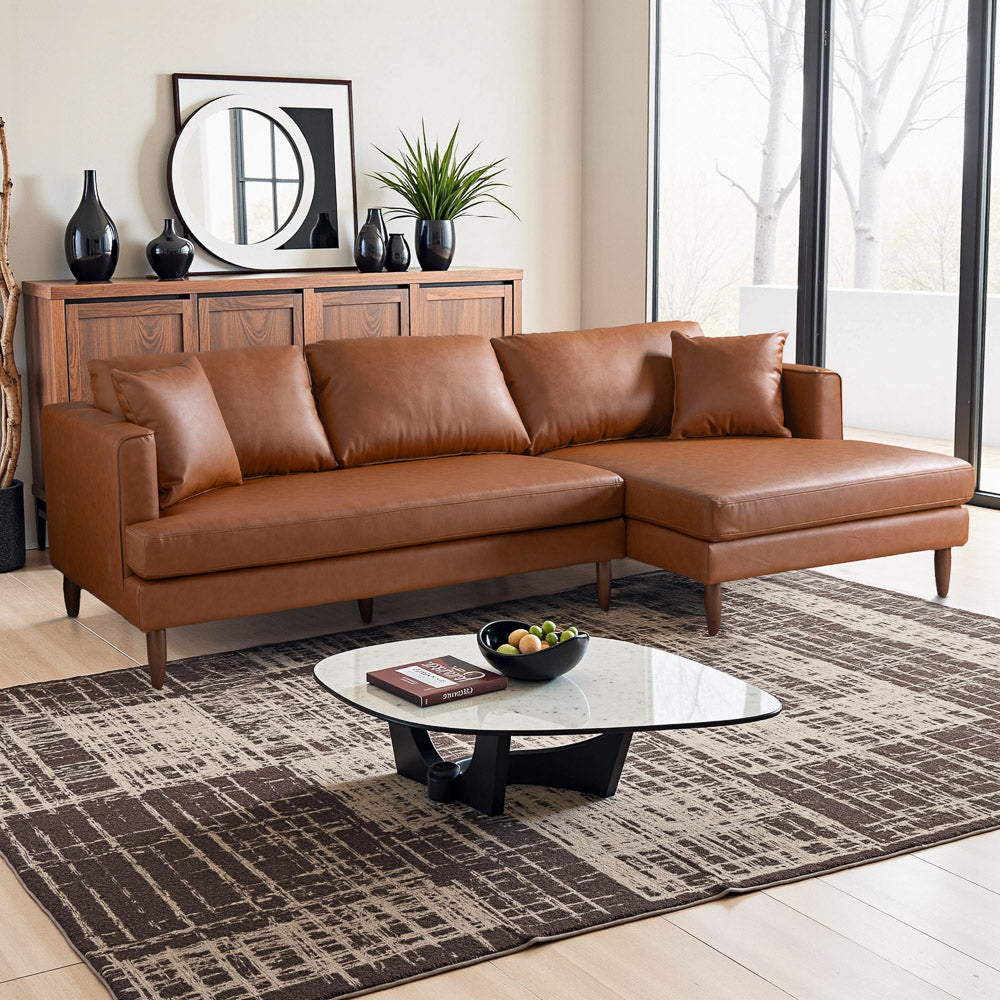
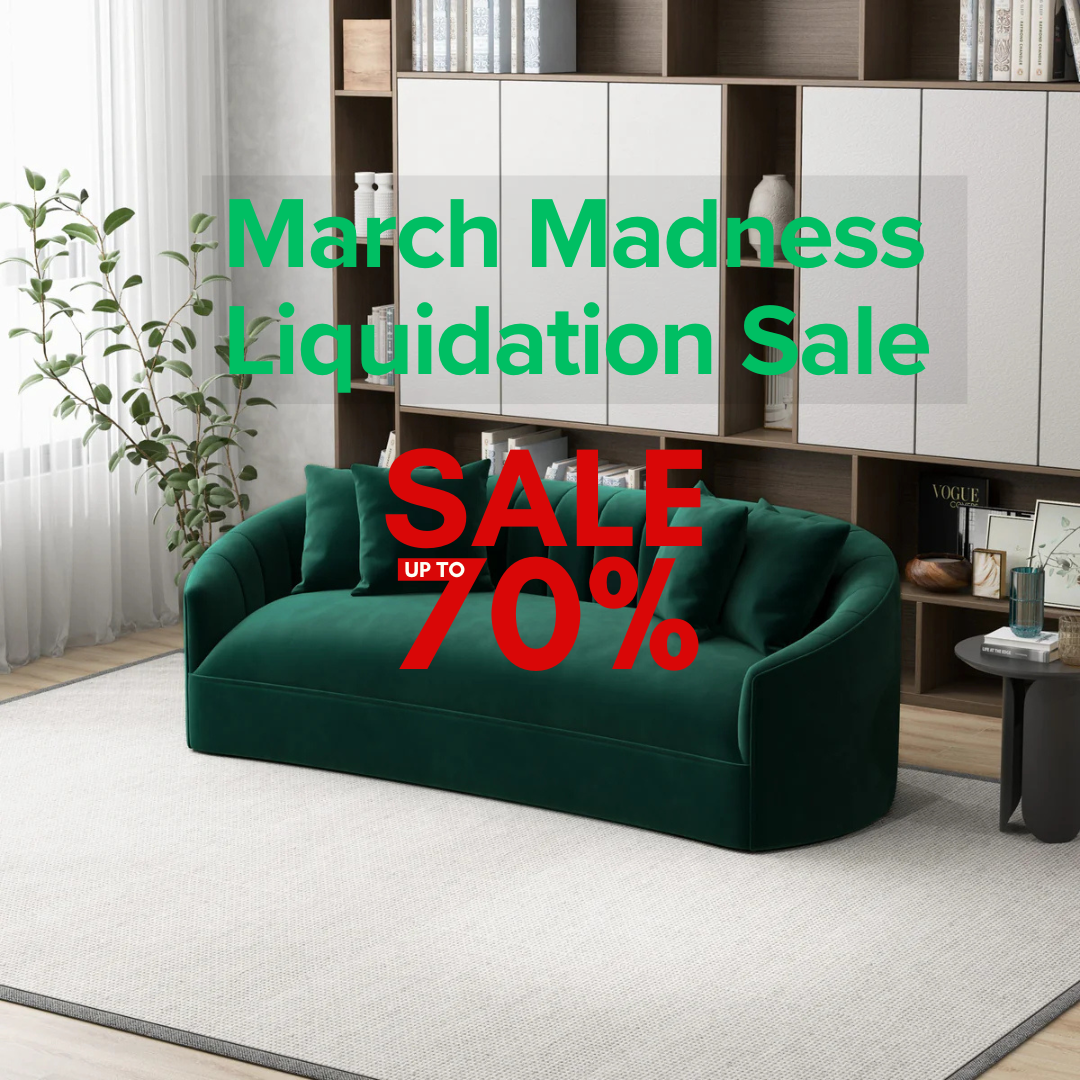

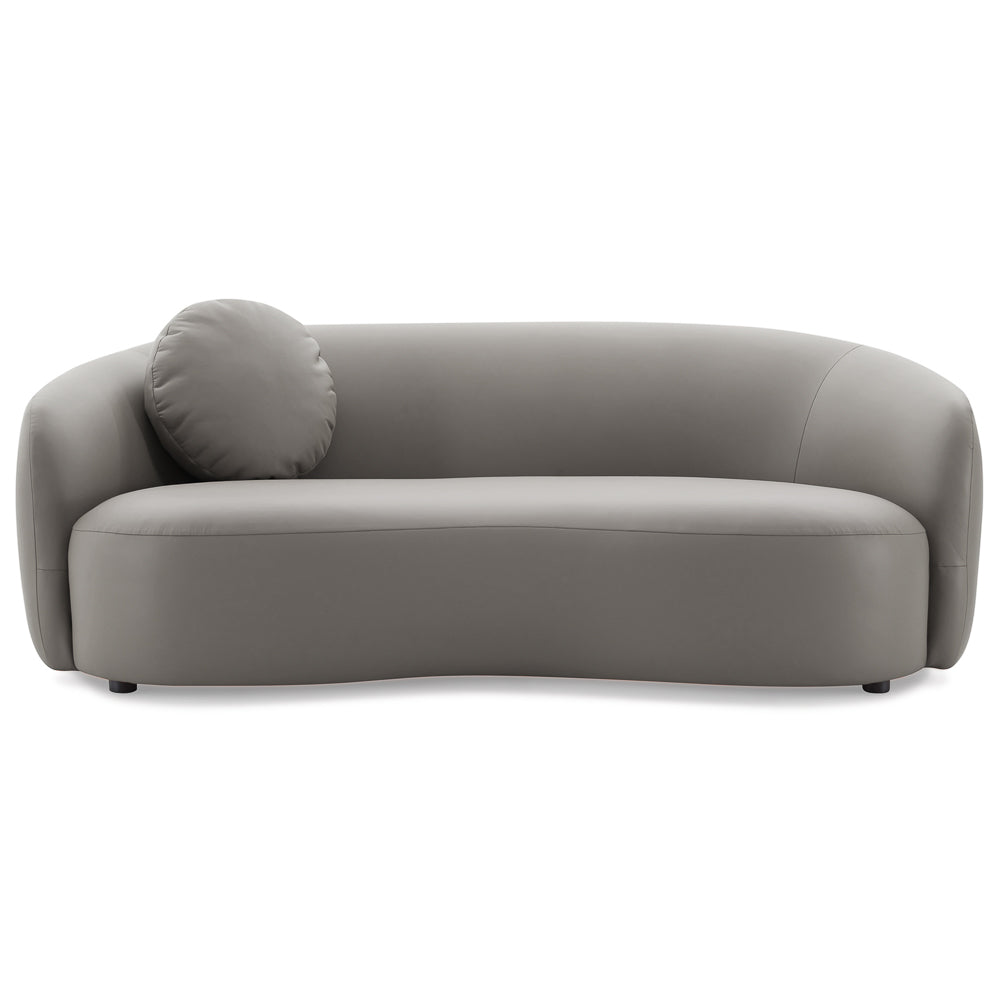
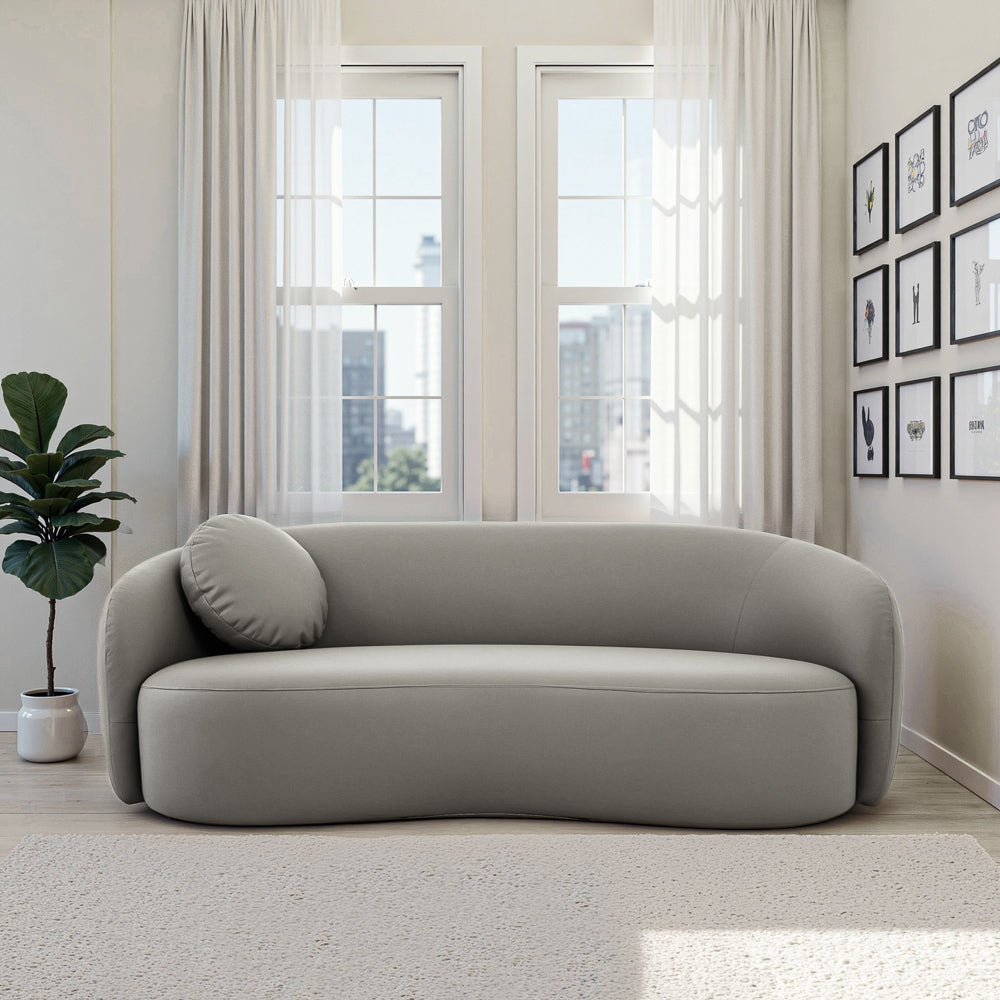
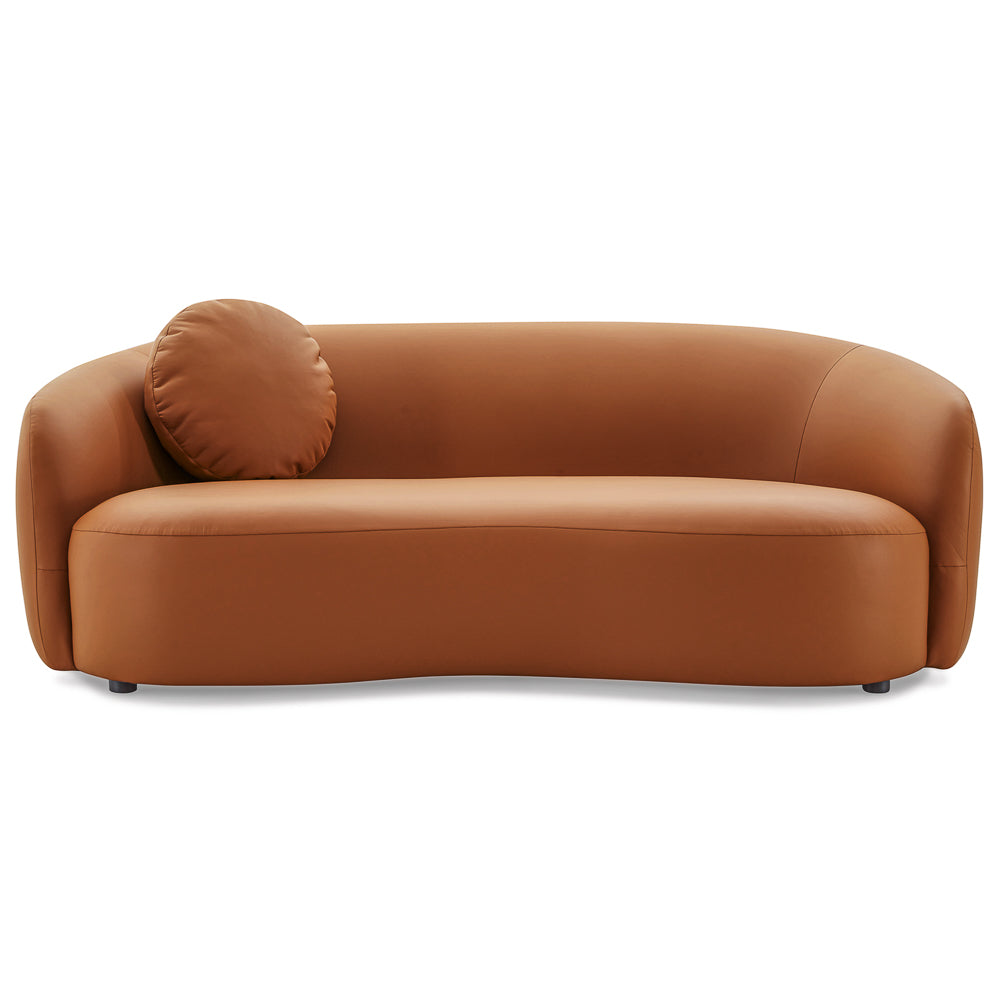
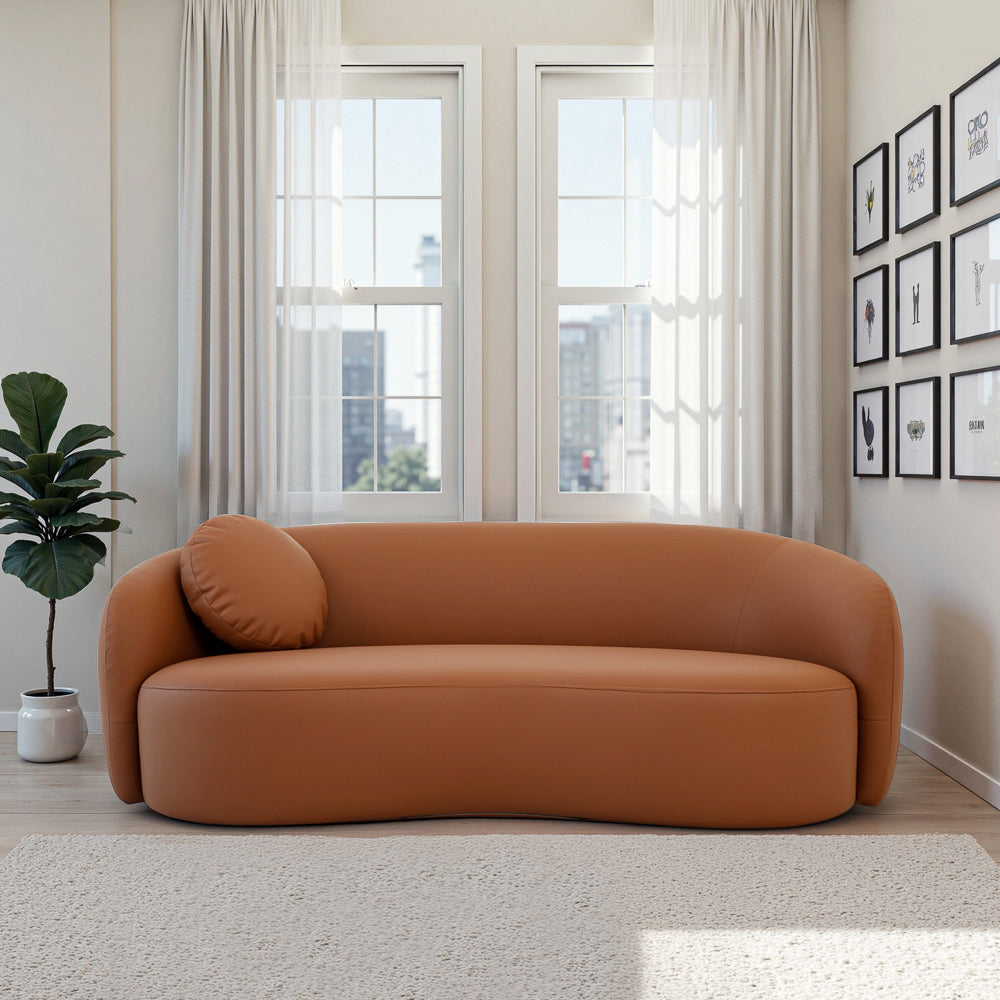
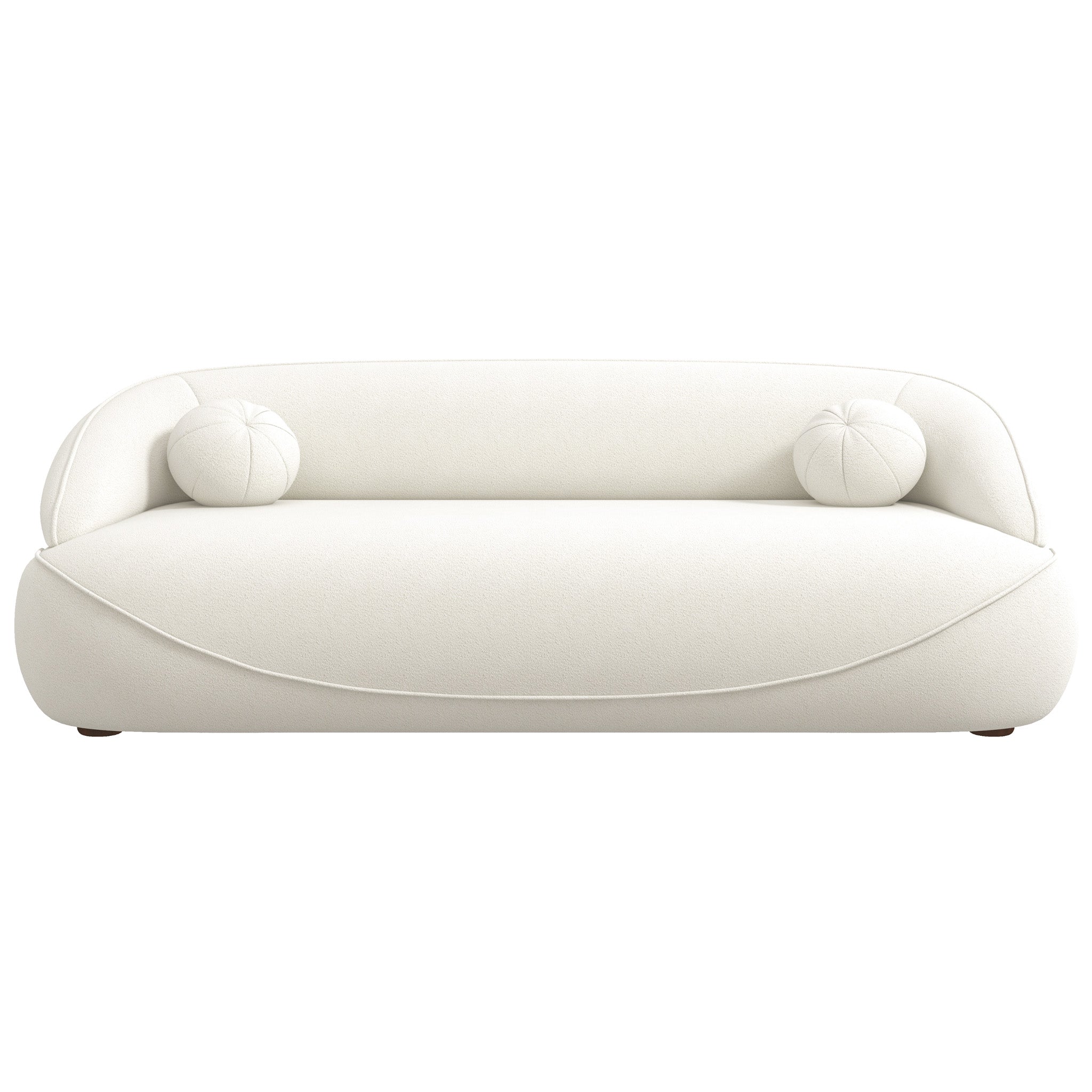
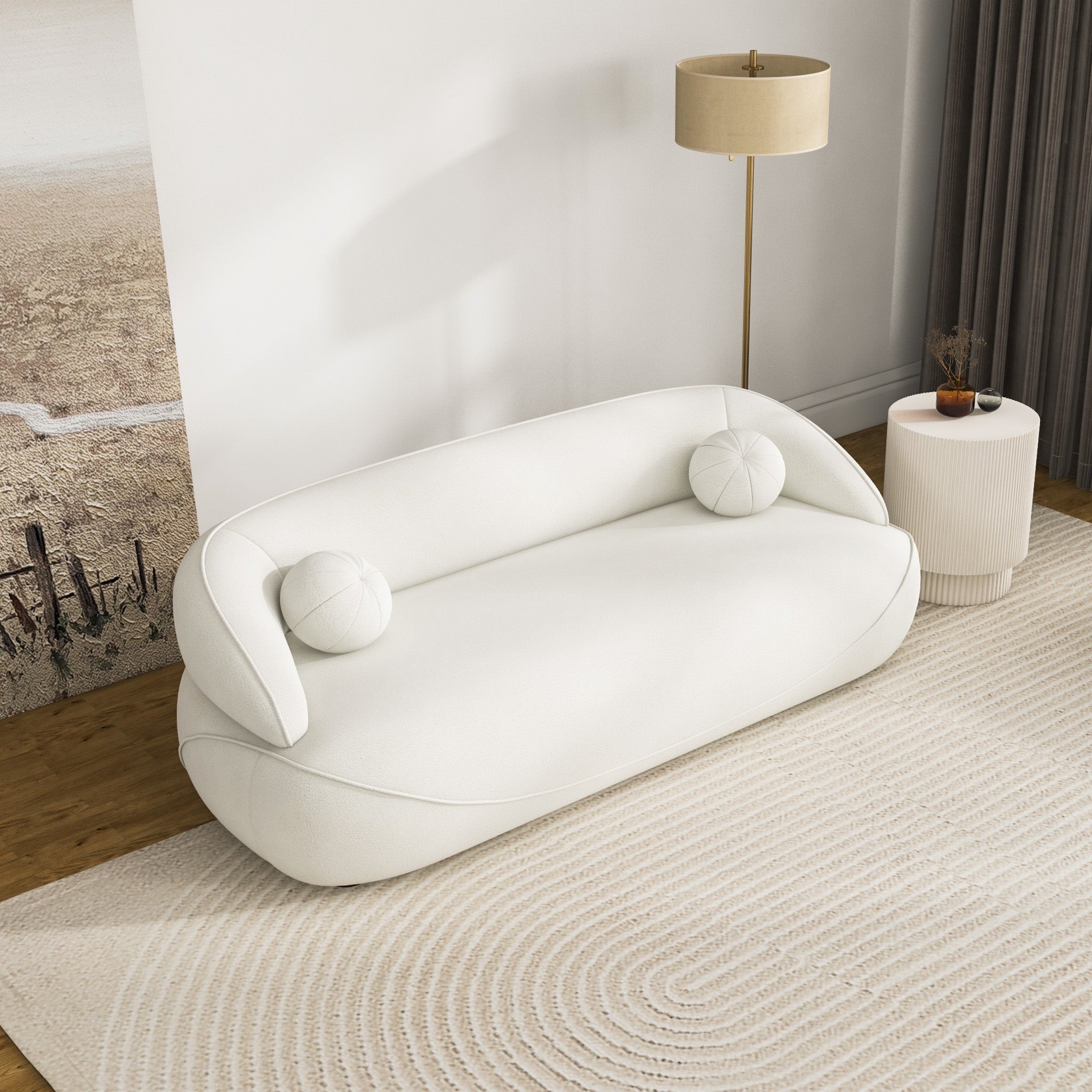


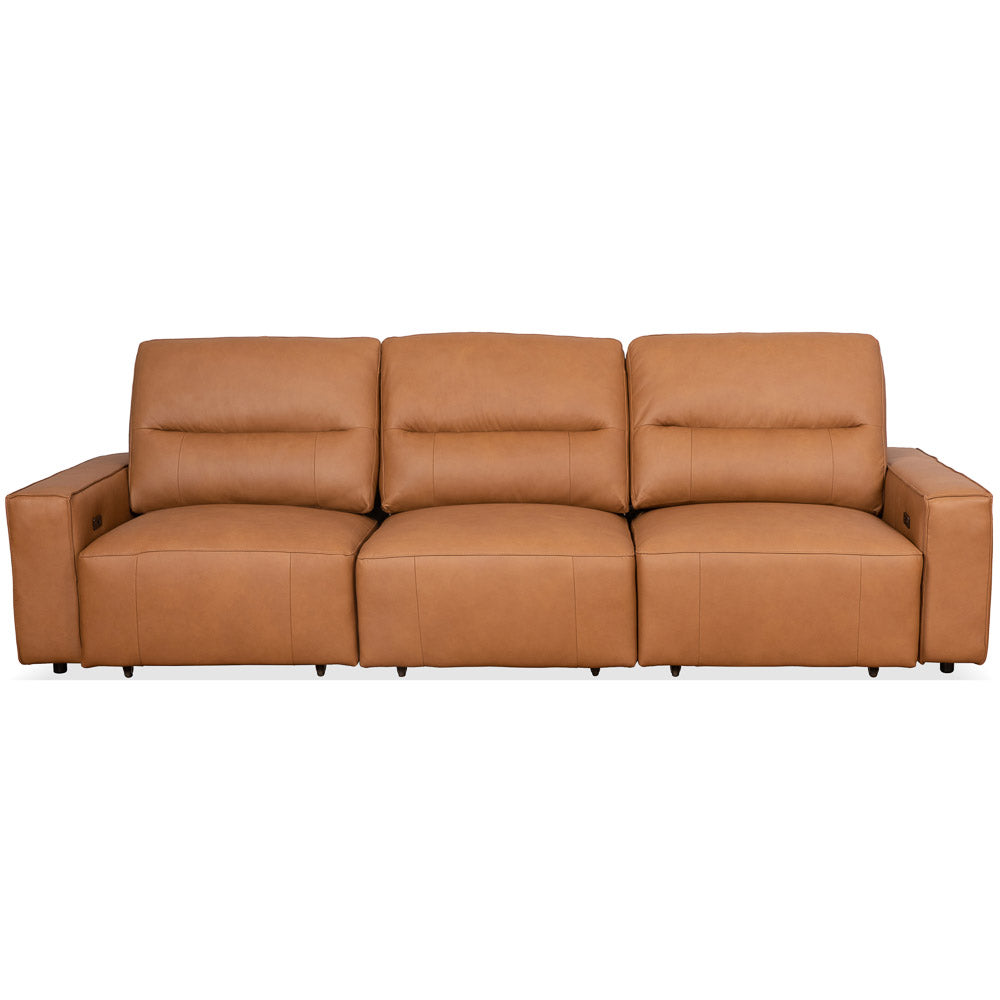
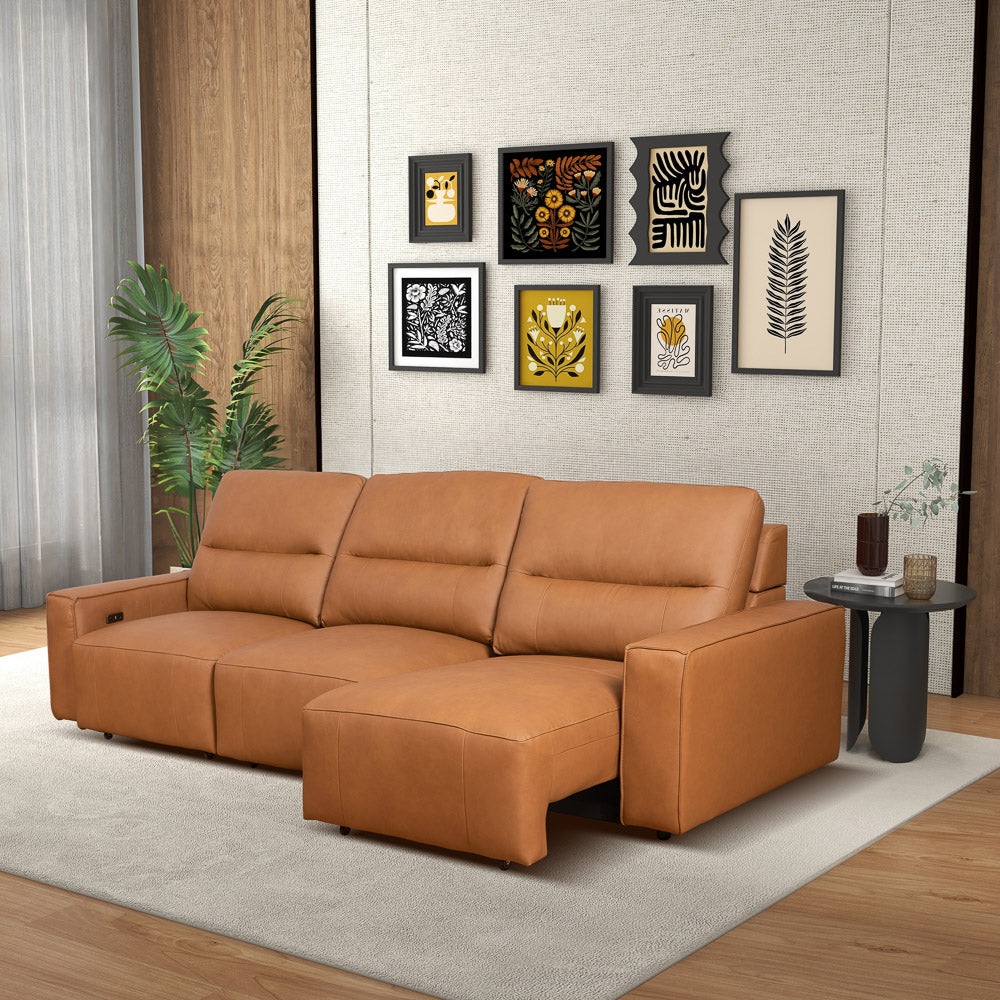
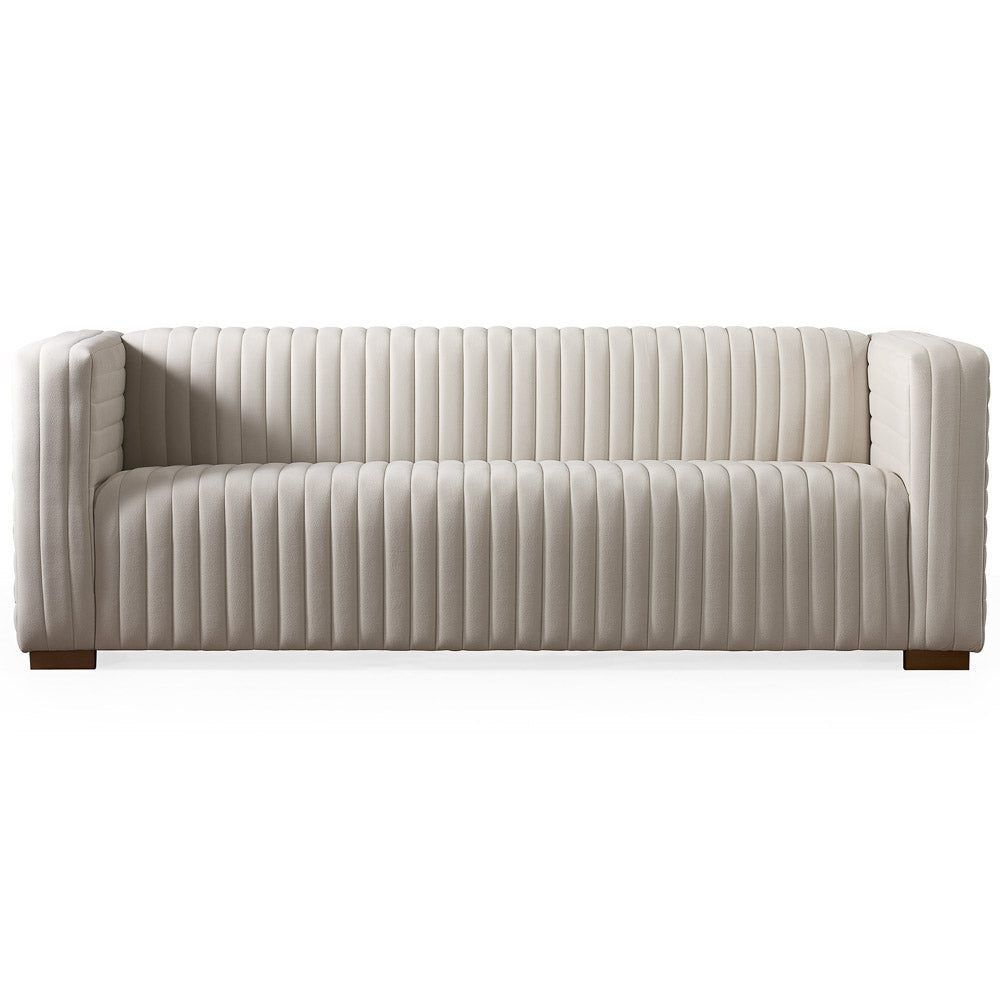
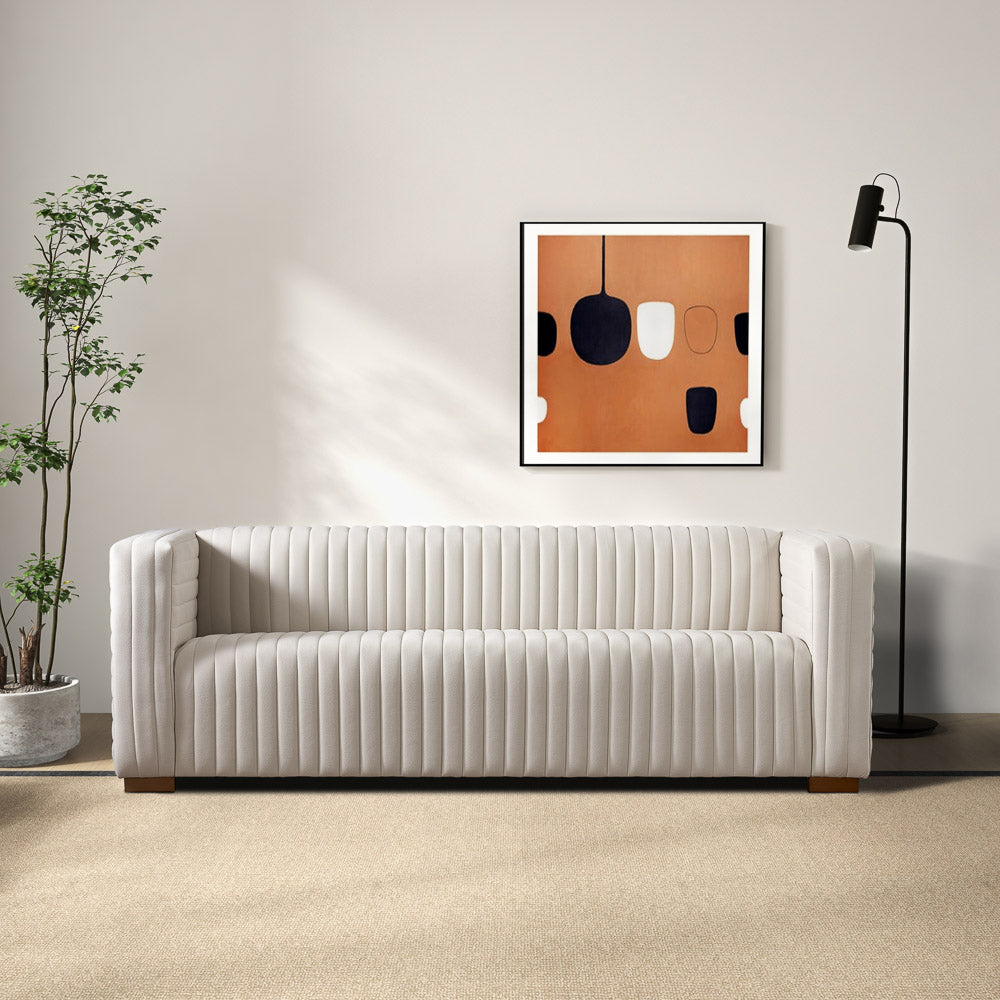
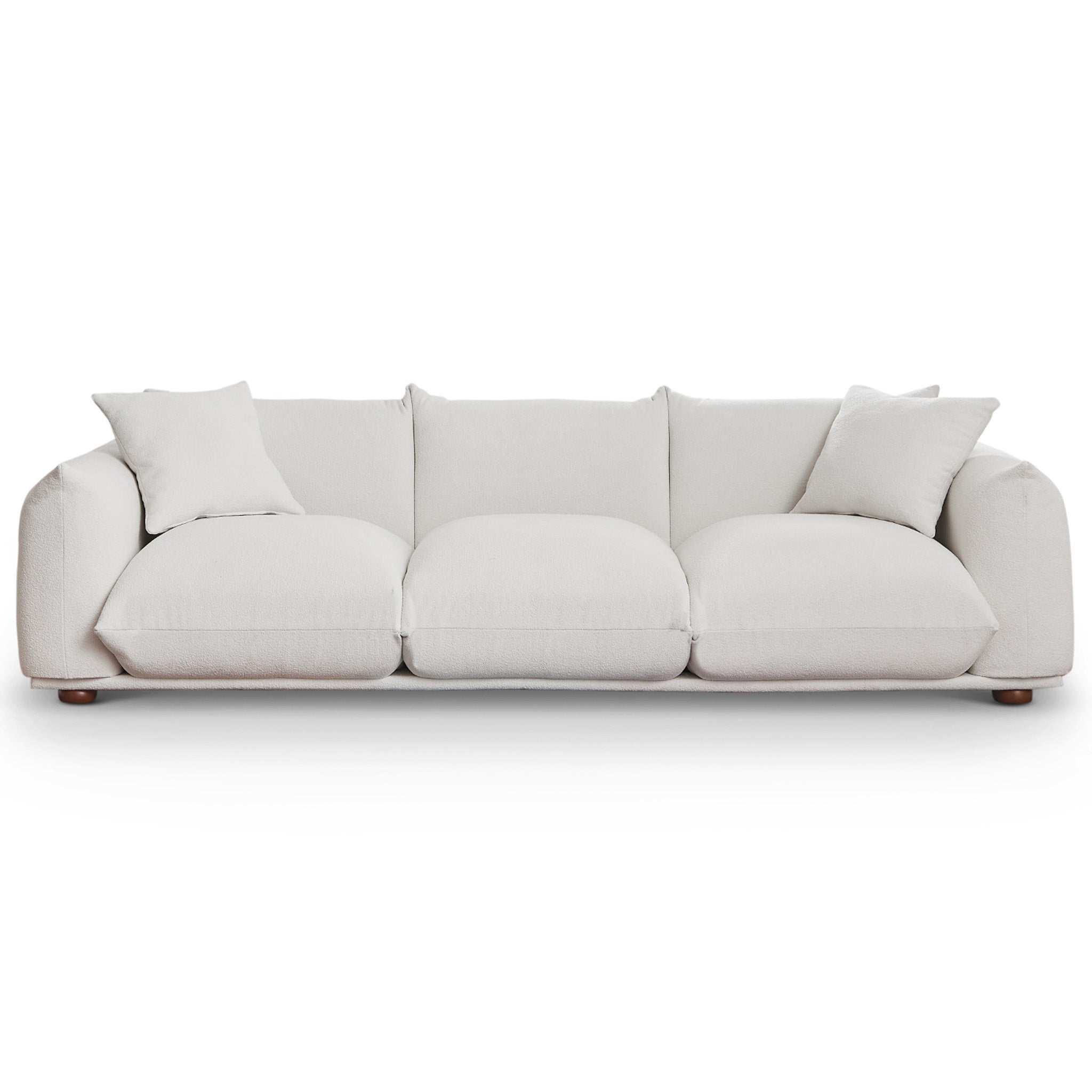
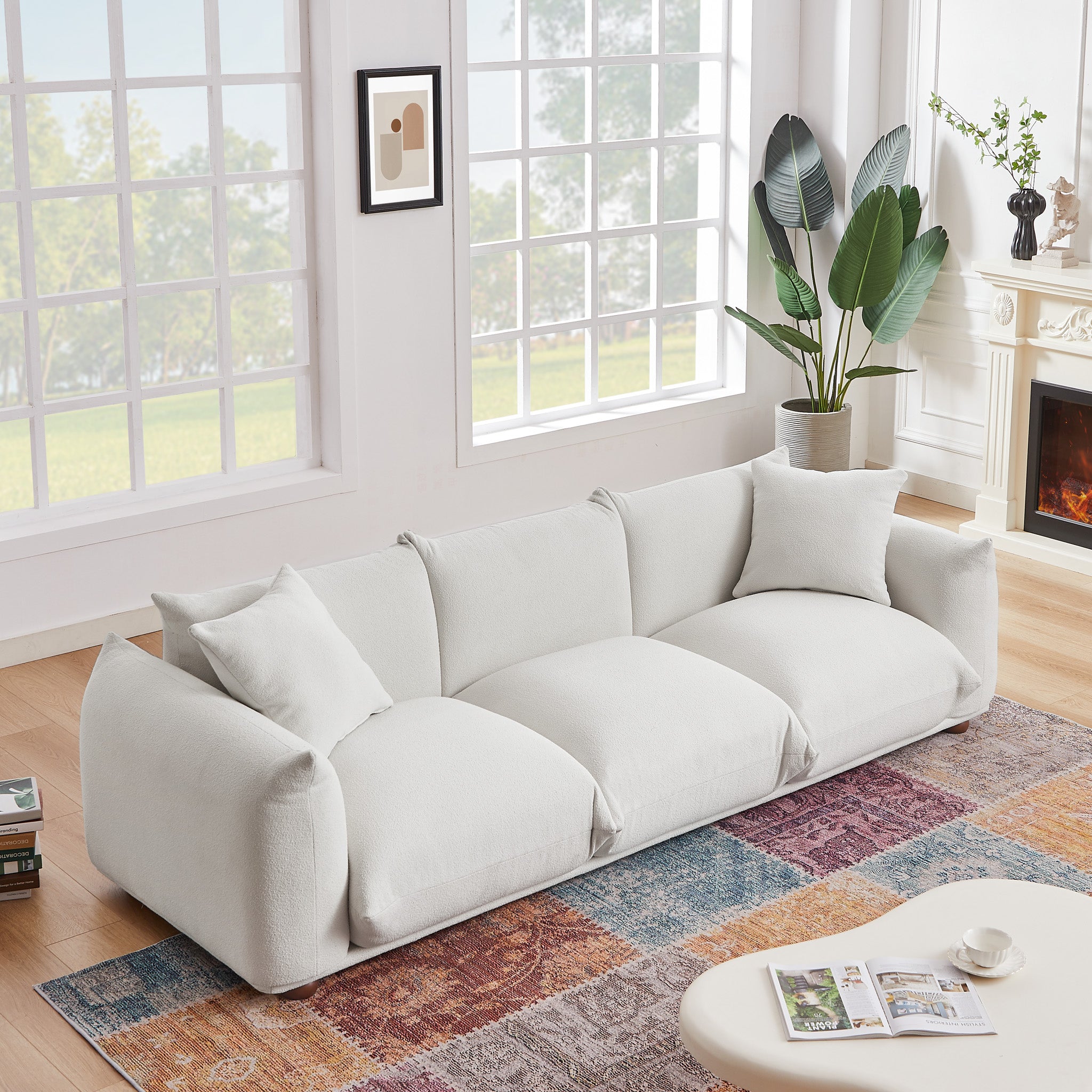


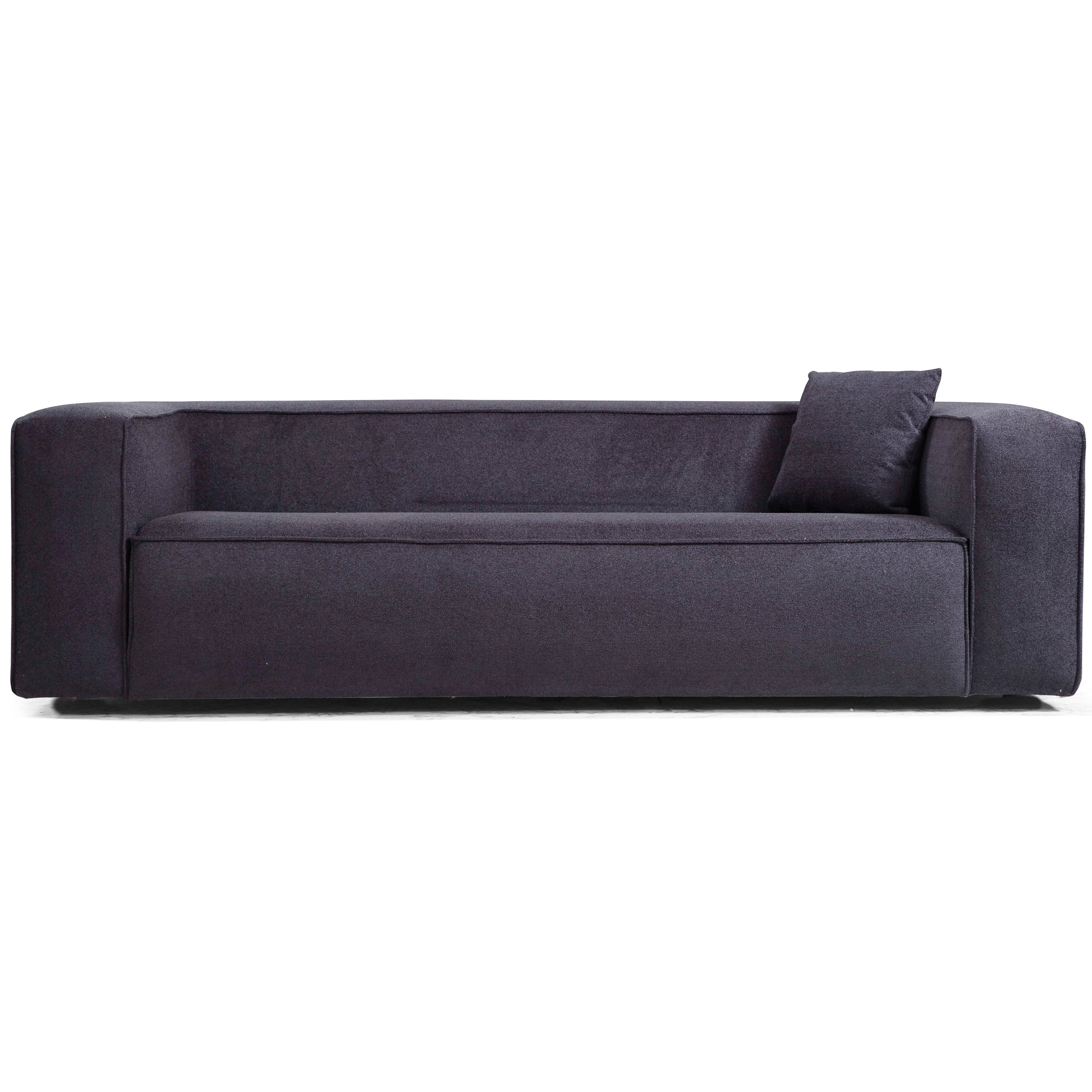
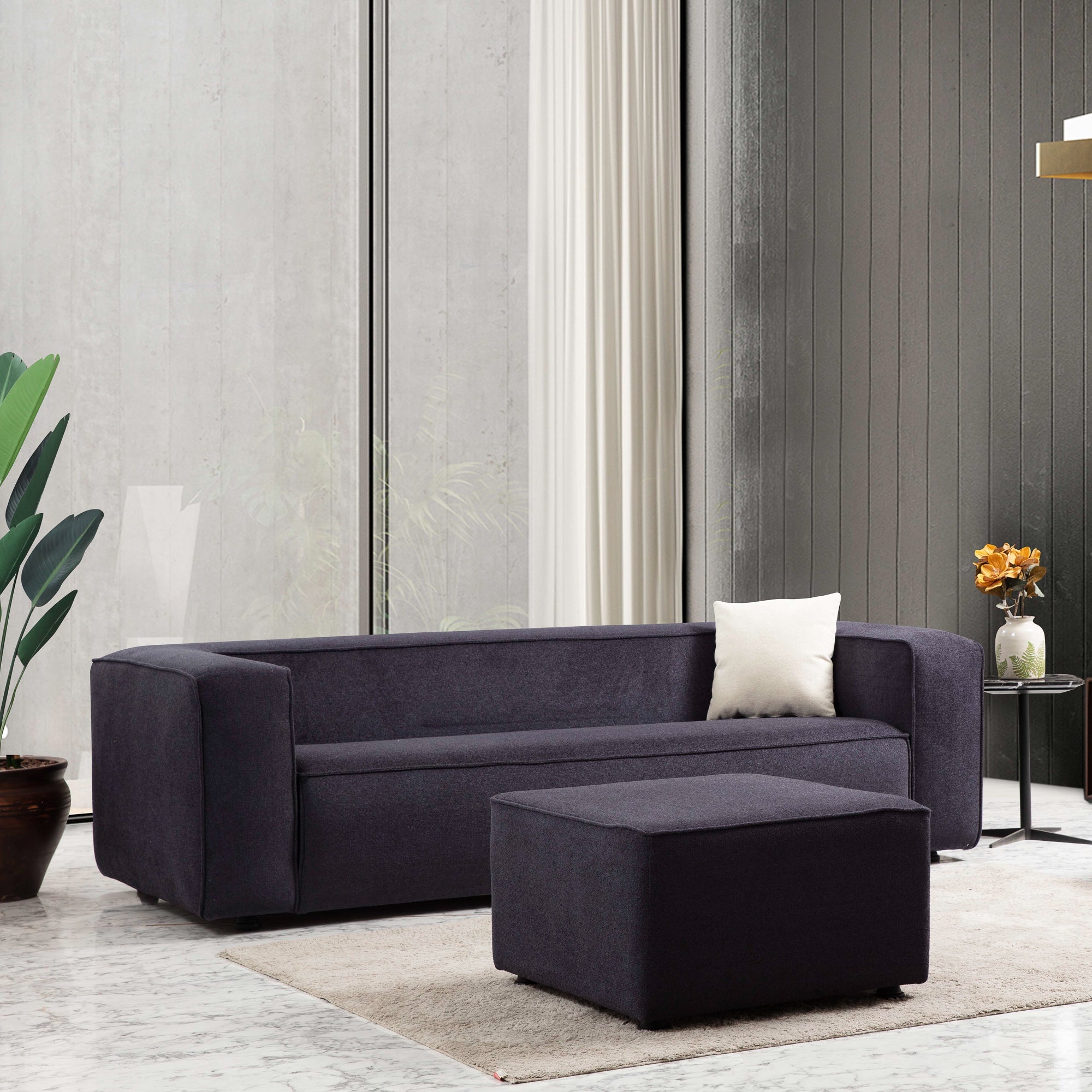
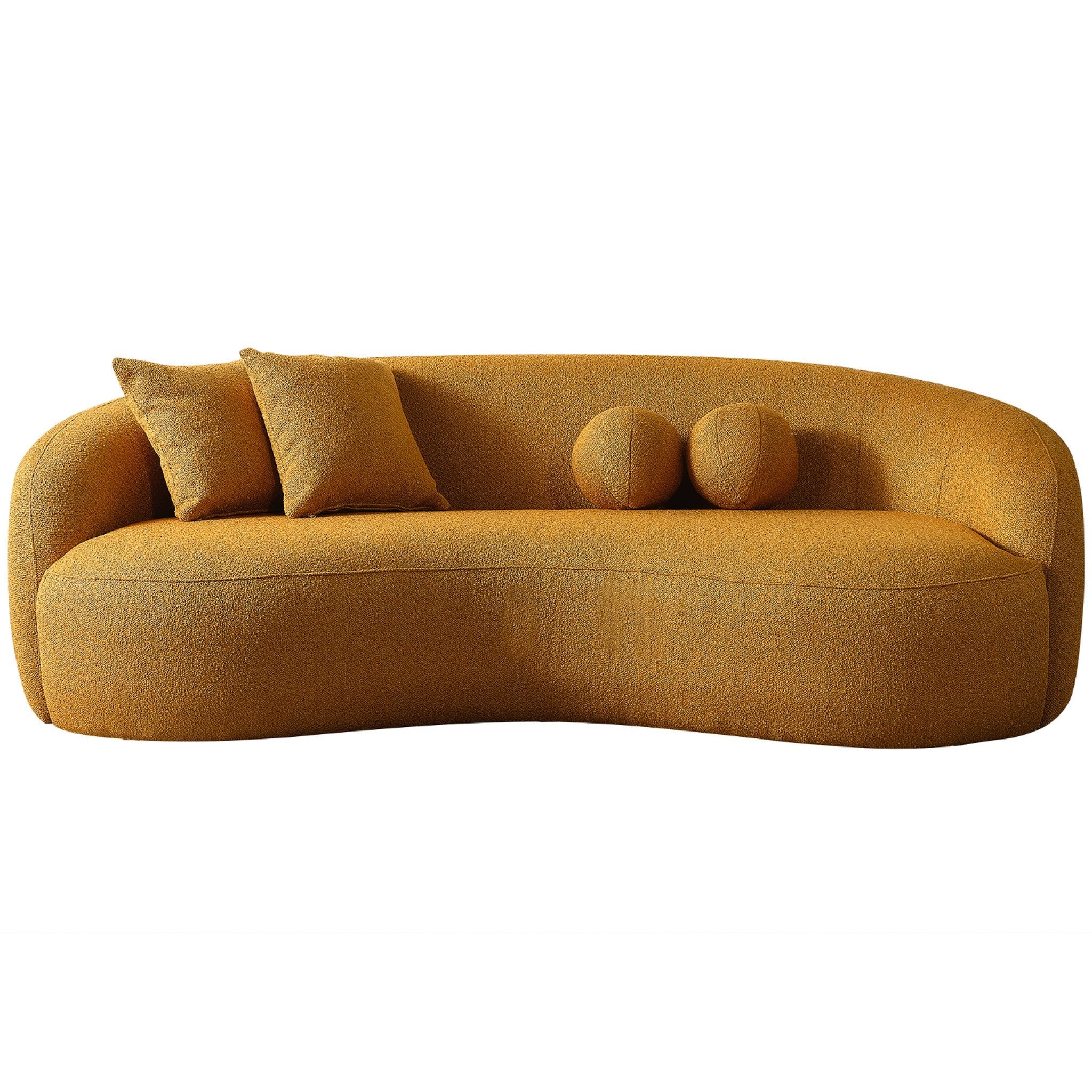

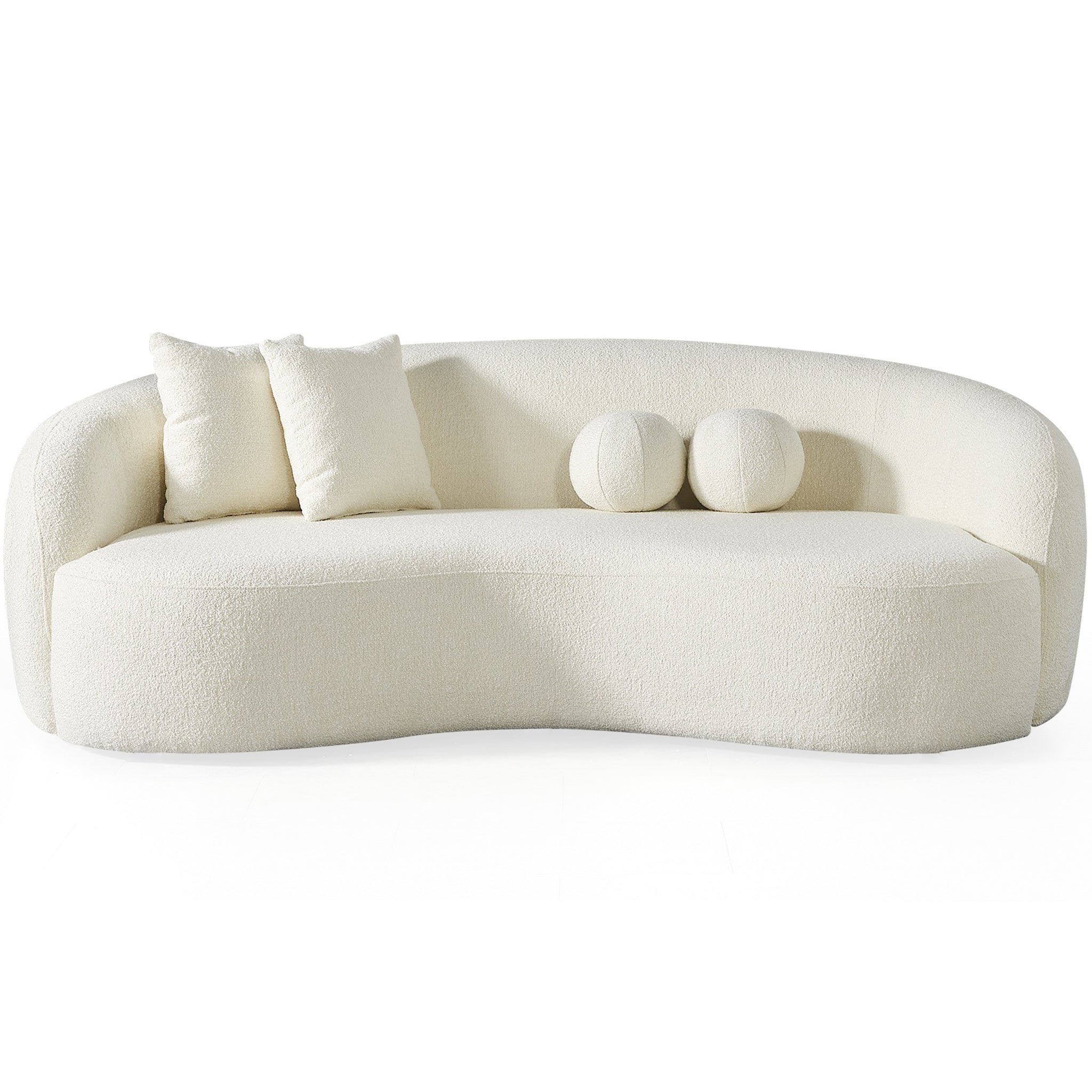

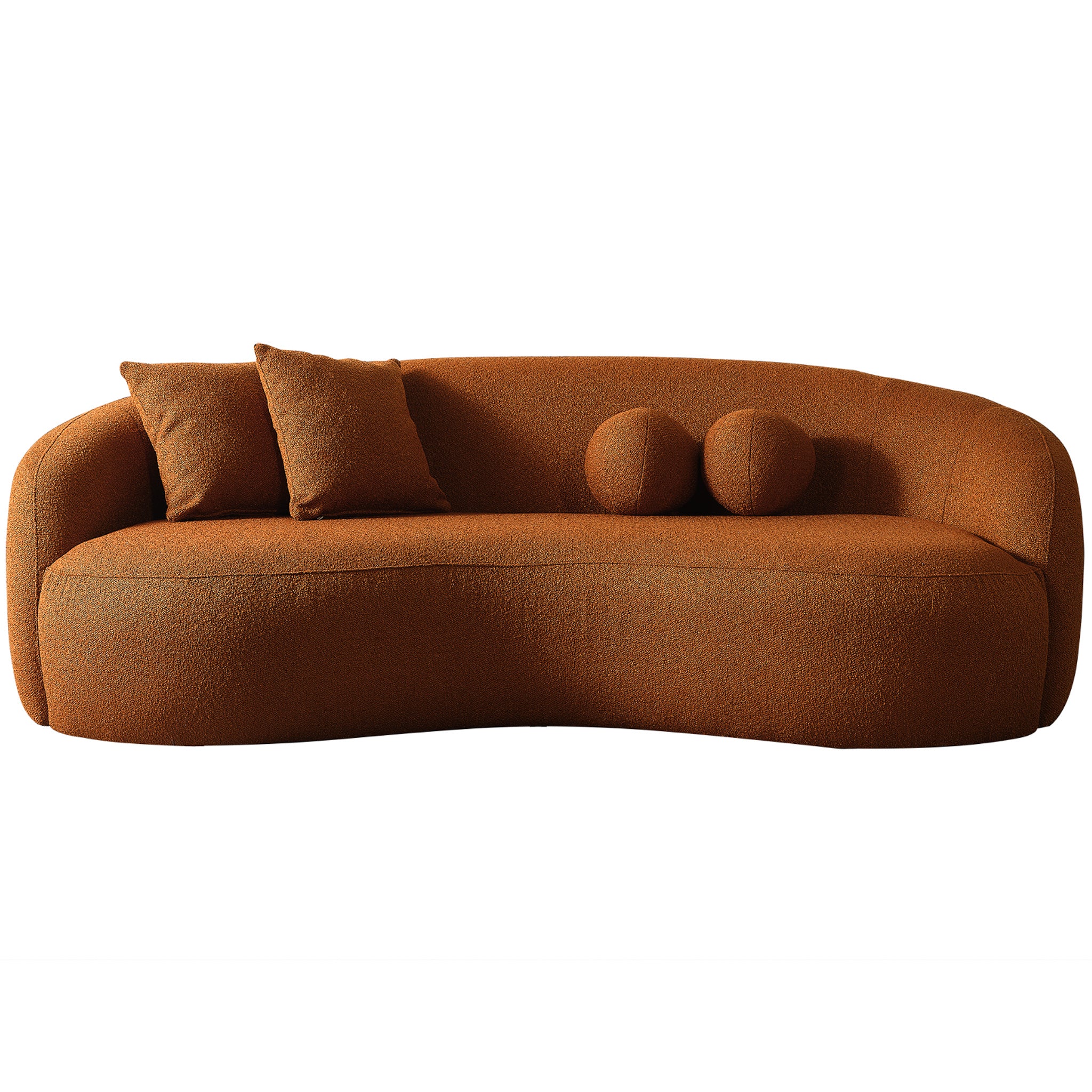
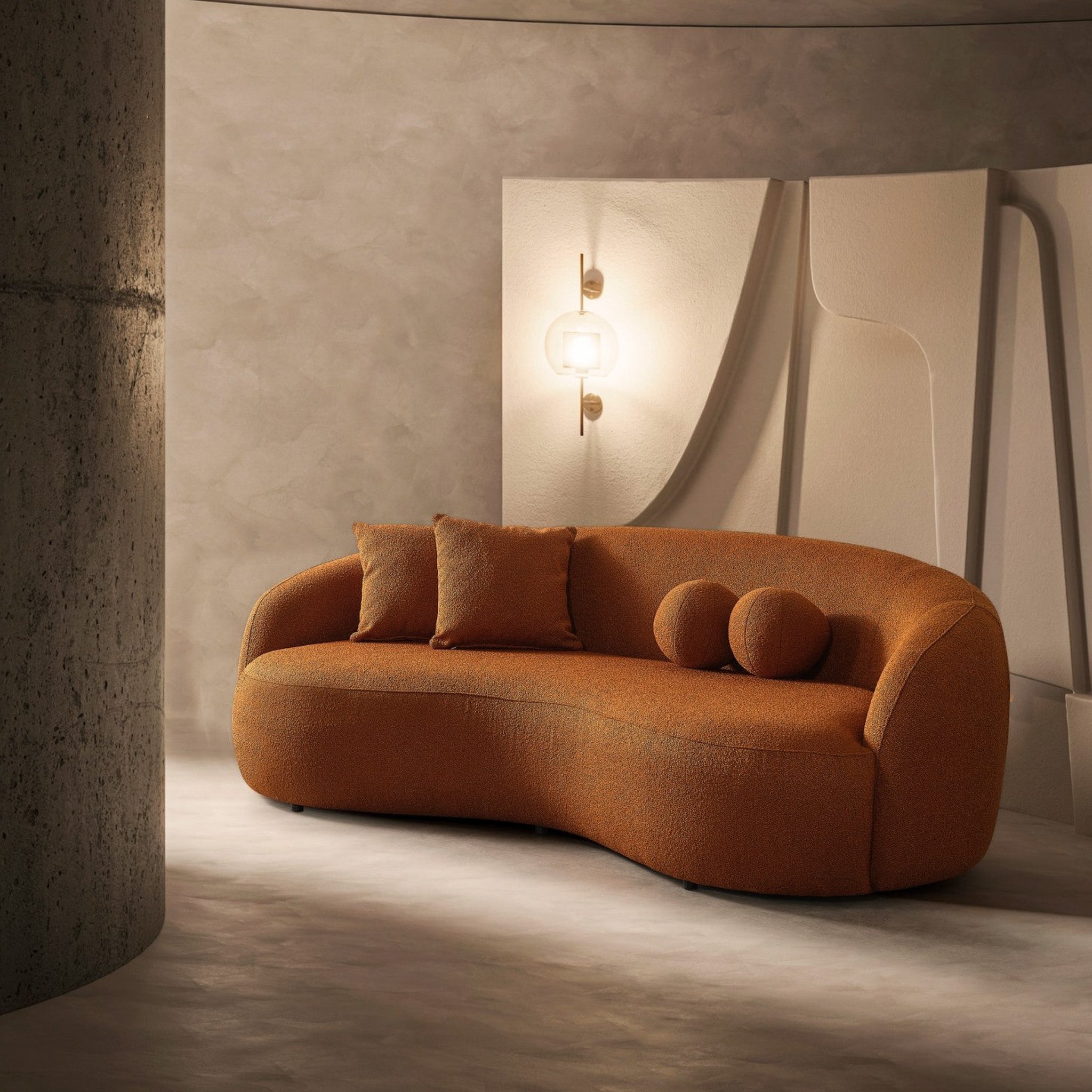
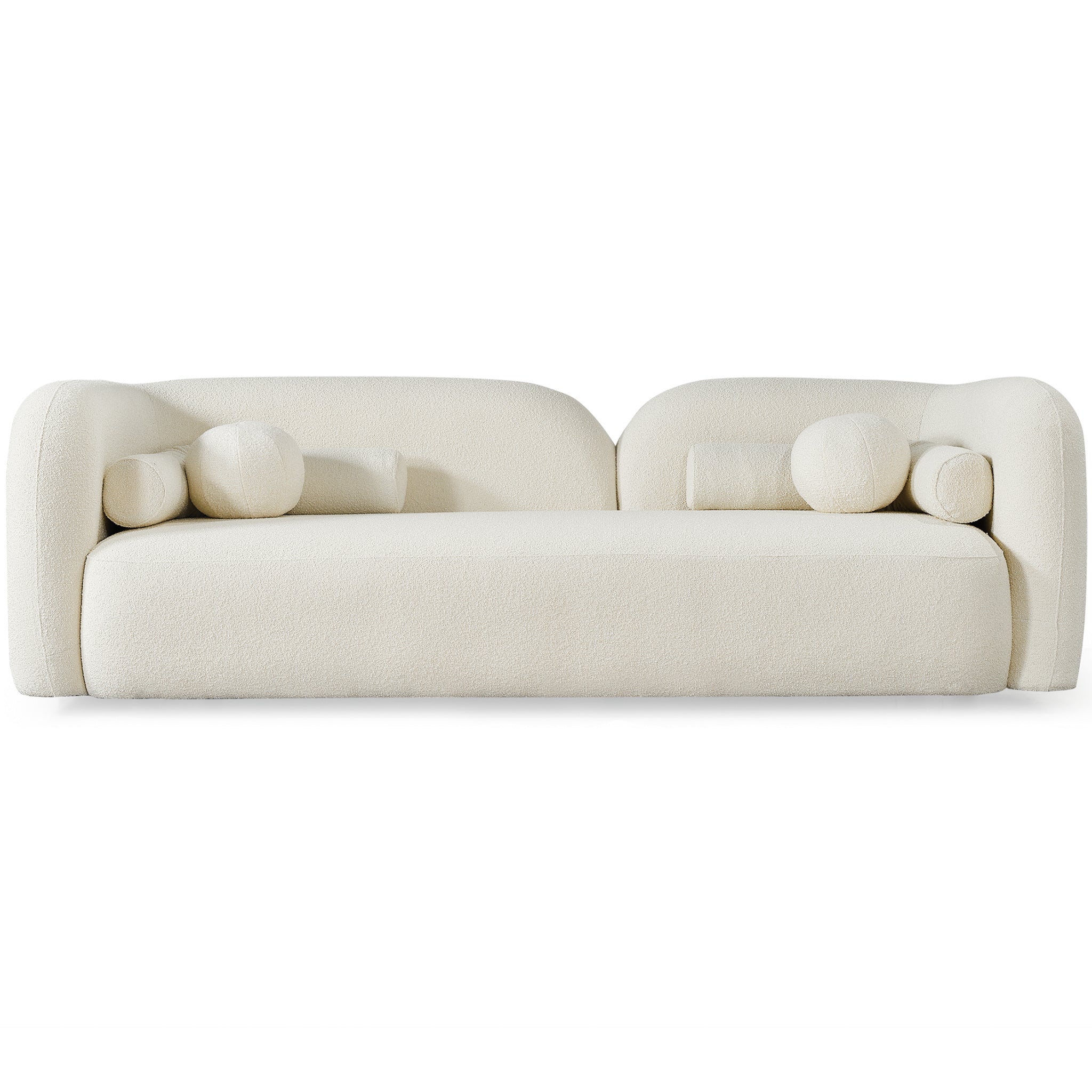
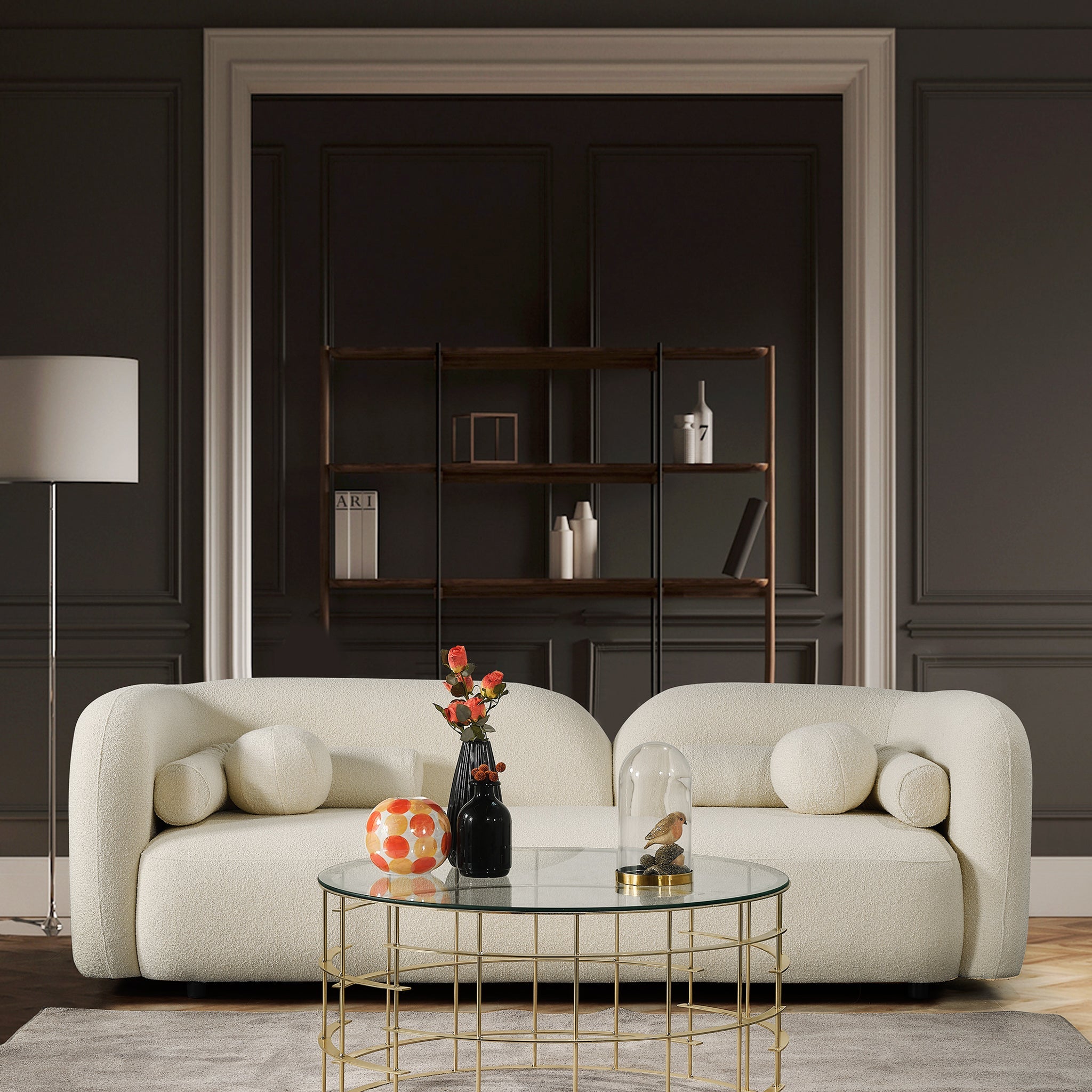
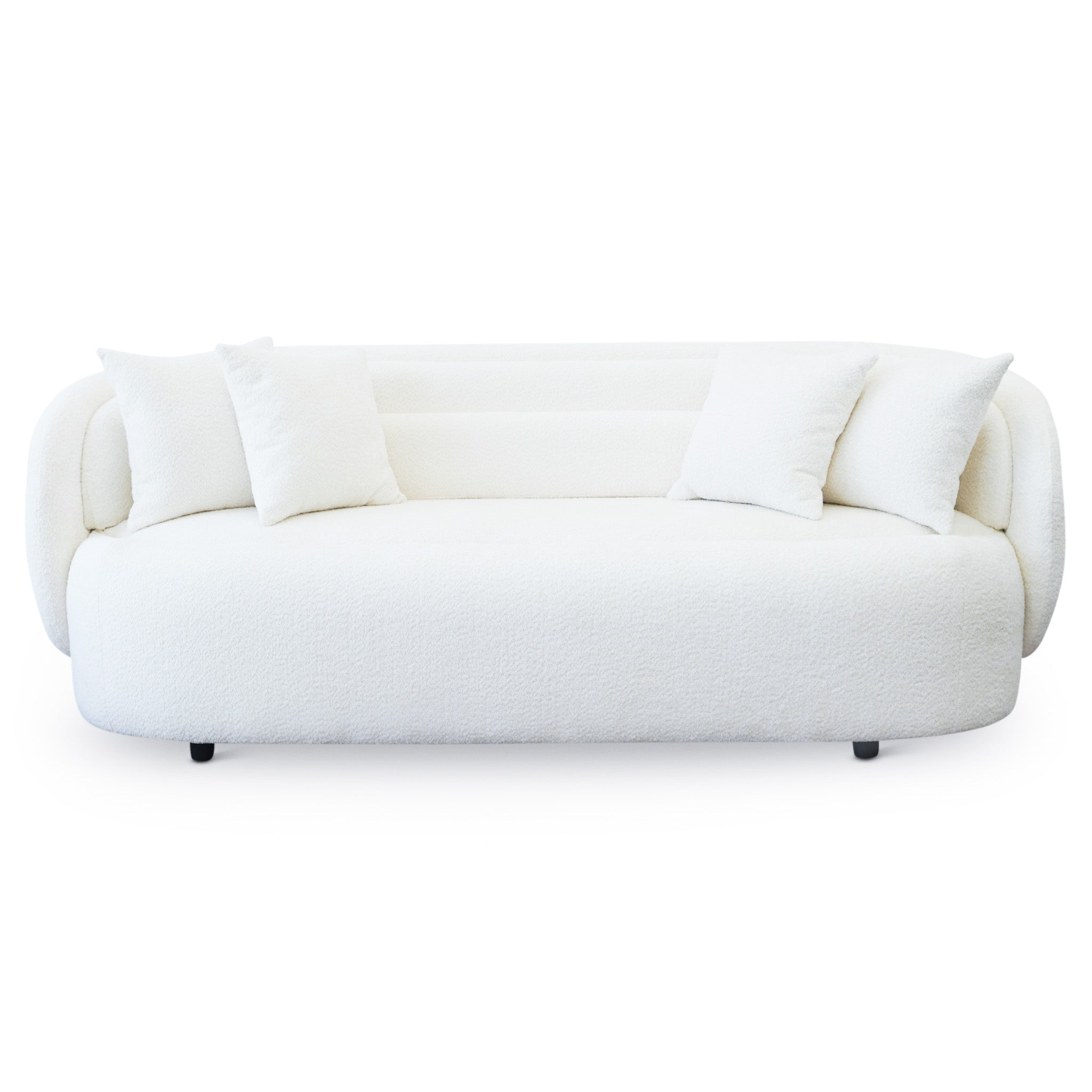


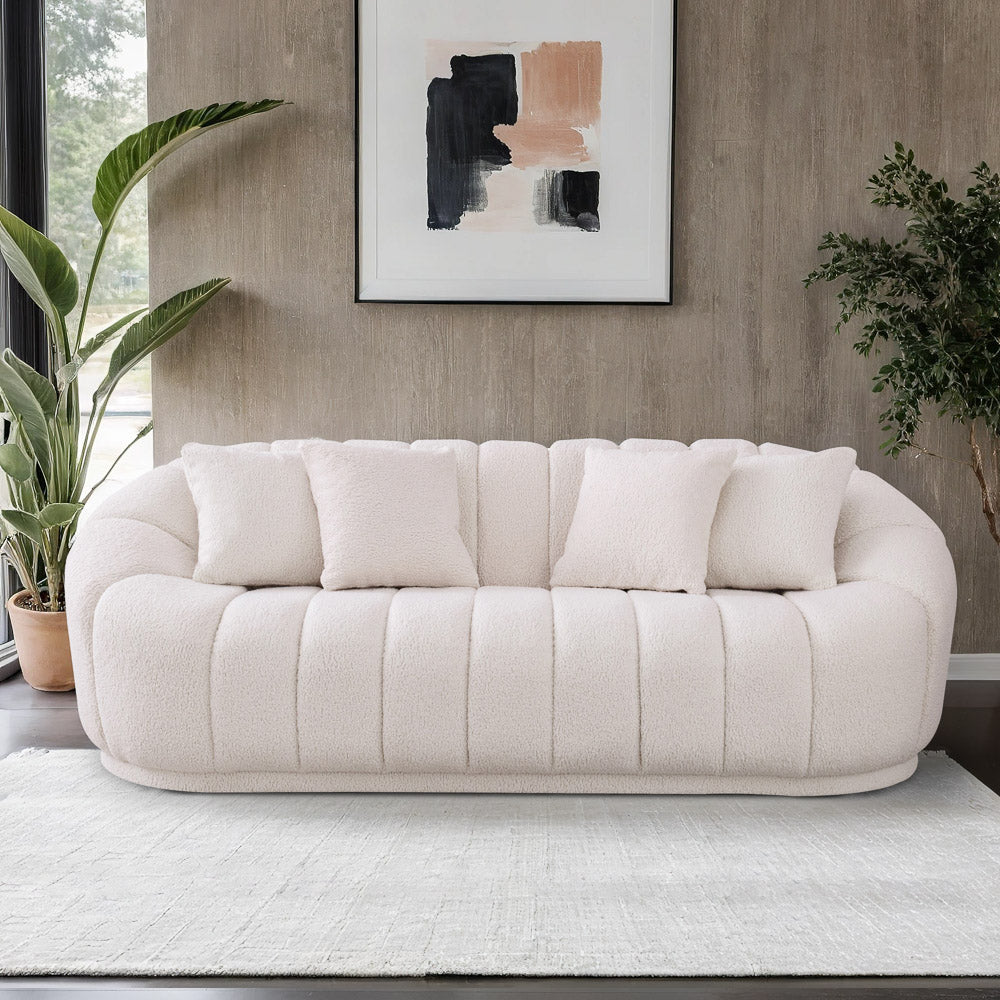


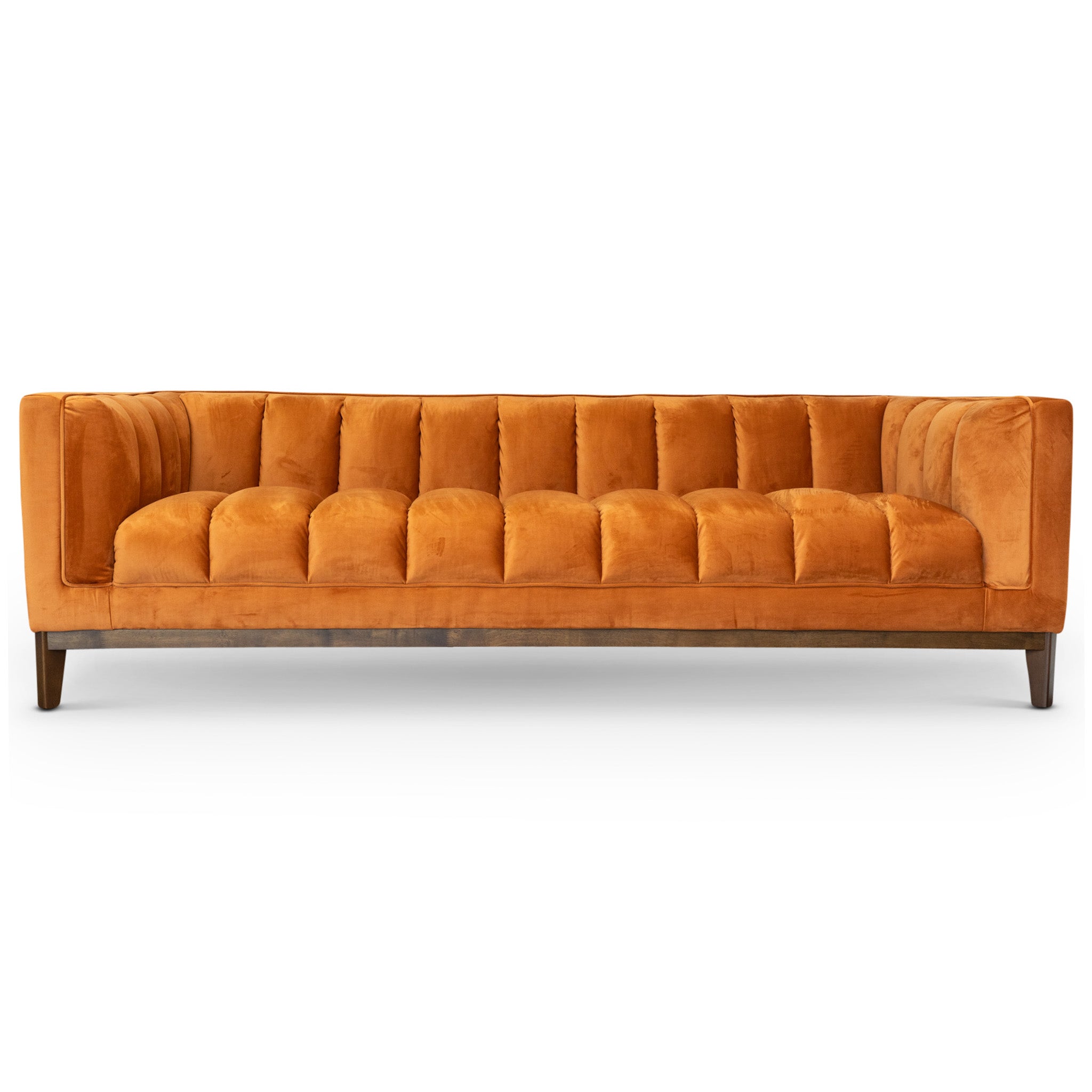
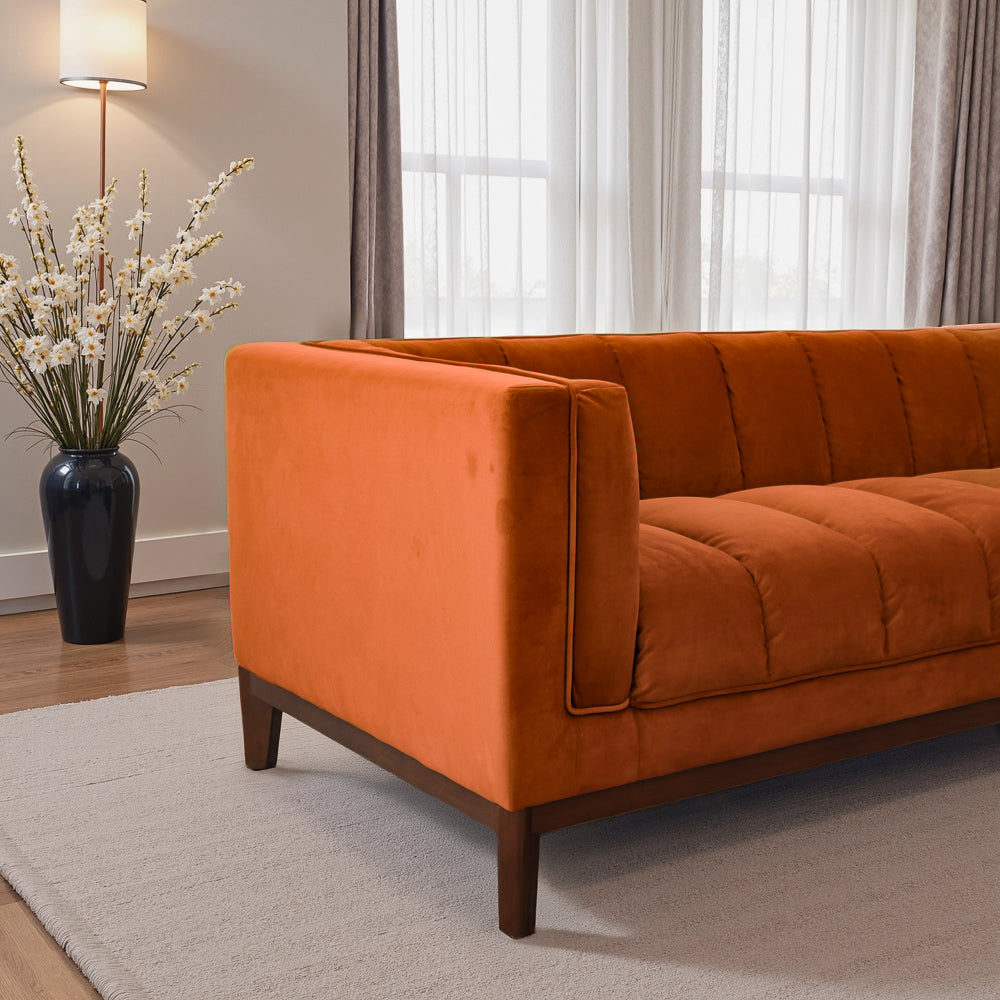

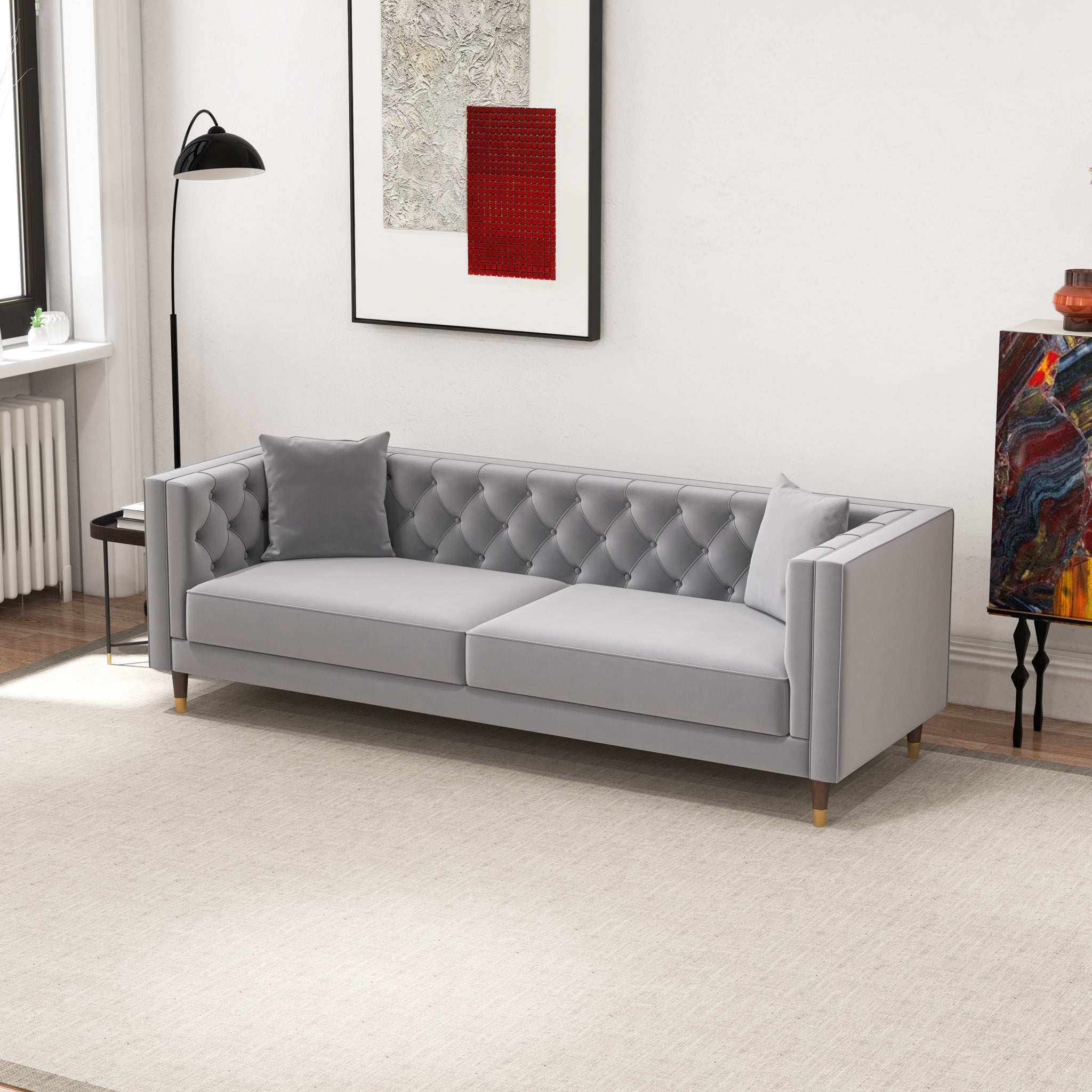
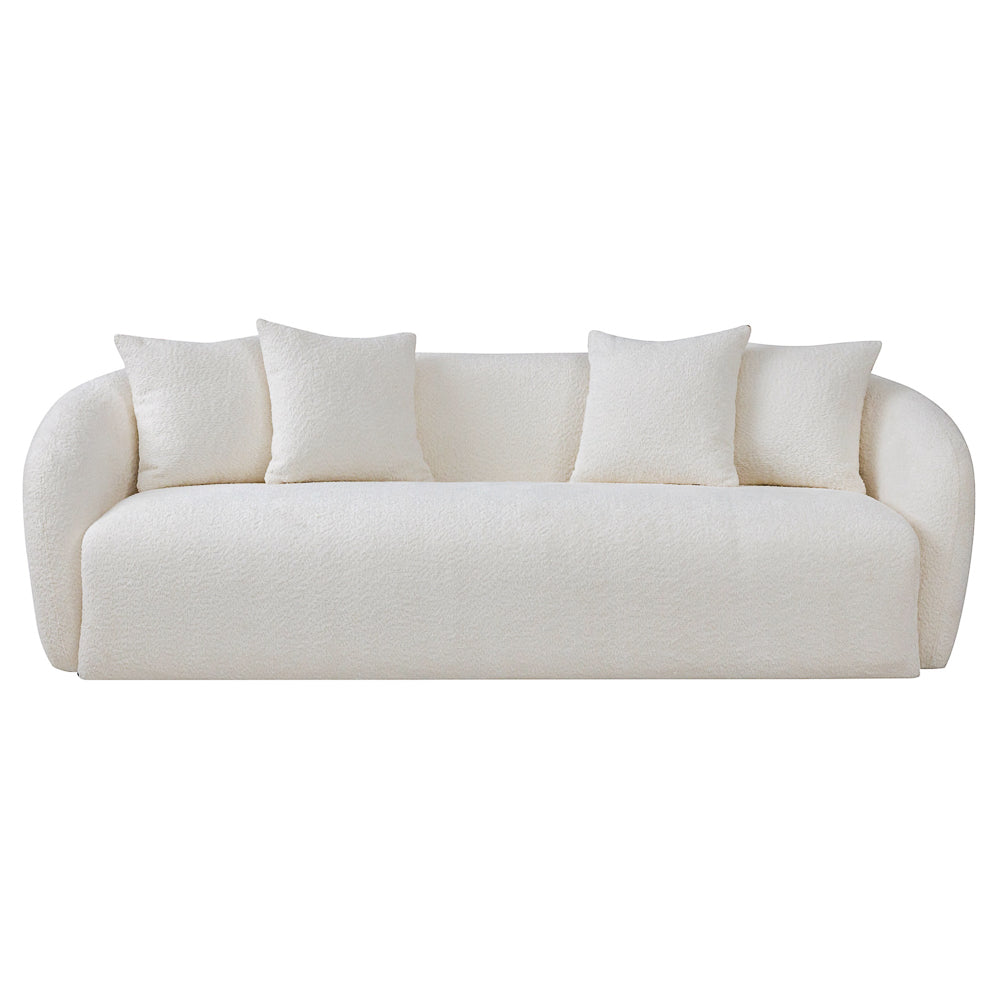

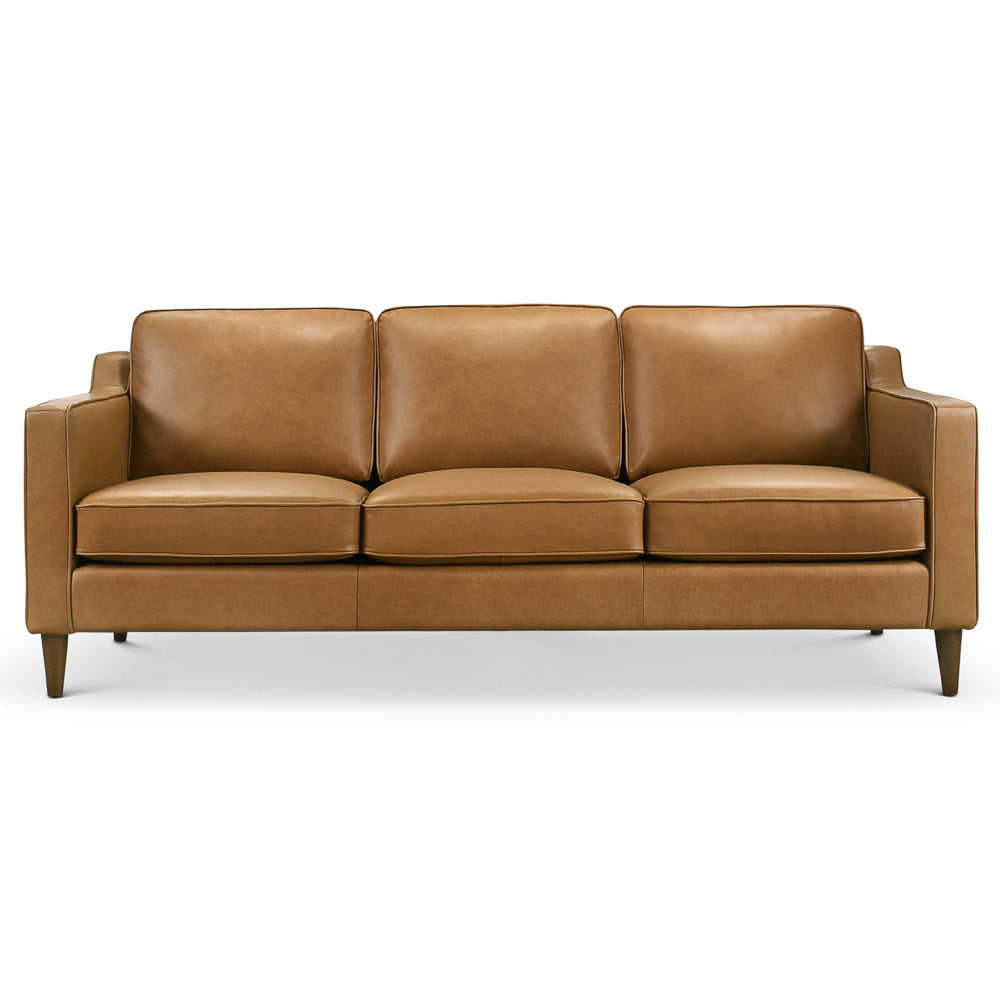

Leave a comment
This site is protected by hCaptcha and the hCaptcha Privacy Policy and Terms of Service apply.